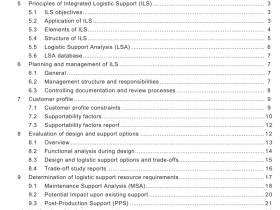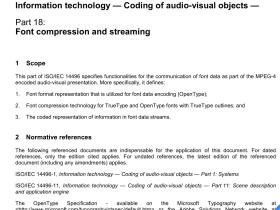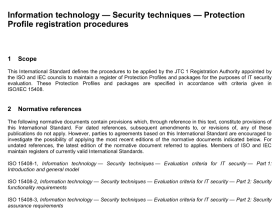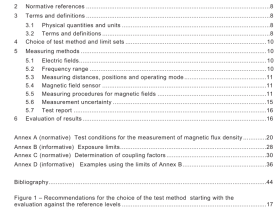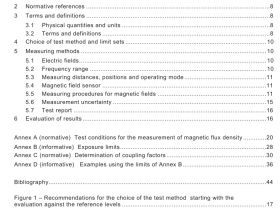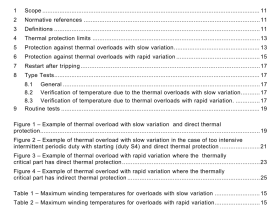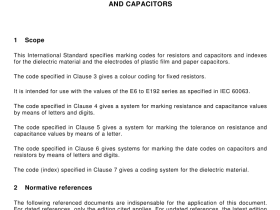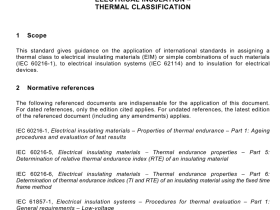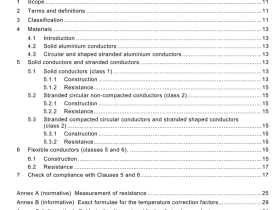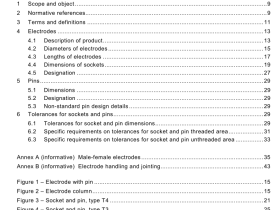IEC 62092 pdf download
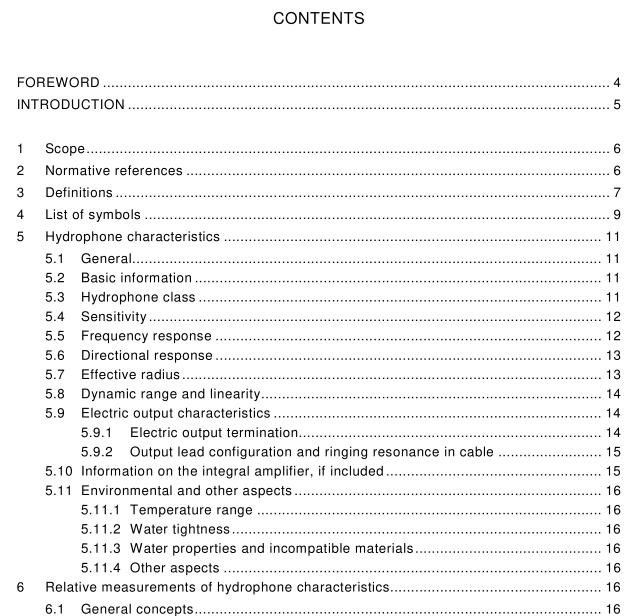
IEC 62092 pdf download Ultrasonics – Hydrophones – Characteristics and calibration in the frequency range from 1 5 MHz to 40 MHz
1Scope
This International Standard is applicable to
. hydrophones employing piezoelectric sensor elements,designed to measure the pulsedand continuous-wave ultrasonic fields generated by ultrasonic equipment;
. hydrophones used for measurements made in water and in the frequency range between15 MHz and 40 MHz;
. hydrophones with or without an integral amplifier;
. hydrophones with a circular piezoelectrically active element.This International Standard specifies
relevant hydrophone characteristics;
methods of determining directional response and hydrophone sensitivity based onrelative or comparative measurements;
and describes
. absolute hydrophone calibration methods.
Recommendations and references to accepted literature are made for the various relative andabsolute calibration methods in the frequency range covered by this International Standard.
Normative references
The following referenced documents are indispensable for the application of this document.For dated references, only the edition cited applies. For undated references, the latest editionof the referenced document (including any amendments) applies.
IEC 60866:1987,Characteristics and calibration of hydrophones for operation in thefrequency range 0,5 MHz to 15 MHz
IEC 61101:1991,The absolute calibration of hydrophones using the planar scanningtechnique in the frequency range 0,5 MHz to 15 MHz
IEC 61102:1991,Measurement and characterisation of ultrasonic fields using hydrophones inthe frequency range 0,5 MHz to 15 MHz
IEC 61161:1992,Ultrasonic power measurement in liquids in the frequency range 0,5 MHzto 25 MHz 1 Amendment 1 (1998)
IEC 61828:—,Ultrasonics – Focusing transducers – Definitions and measurement methodsfor the transmitted fields 2
3 Definitions
For the purposes of this International Standard, the following definitions apply.
3.1
acoustic centre
the point on or near a transducer from which the spherically divergent sound waves emitted by the transducer, and observable at remote points, appear to diverge
[definition 3.3 of IEC 60866]
3.2
beam-alignment axis
used for alignment purposes only, beam-alignment axis is a straight line joining two points of spatial-peak temporal-peak acoustic pressure on two hemispherical surfaces whose centres are at the approximate geometrical centre of an ultrasonic transducer or ultrasonic transducer element group. One hemisphere has a radius of curvature of approximately πλ g A , where g A is the geometrical area of the ultrasonic transducer or ultrasonic transducer element group and λ is the wavelength of the ultrasound corresponding to the nominal frequency. The second hemisphere has a radius of curvature either πλ g 2 A , or πλ 3 g A , whichever is the more appropriate. For the purposes of alignment, this line may be projected to the face of the ultrasonic transducer or ultrasonic transducer element group.
For most practical applications, two plane surfaces perpendicular to the direction of propagation of the ultrasound are used. In cases where a unique peak is not located on a hemispherical surface, another hemispherical surface is chosen with a different radius of curvature yielding a unique peak
